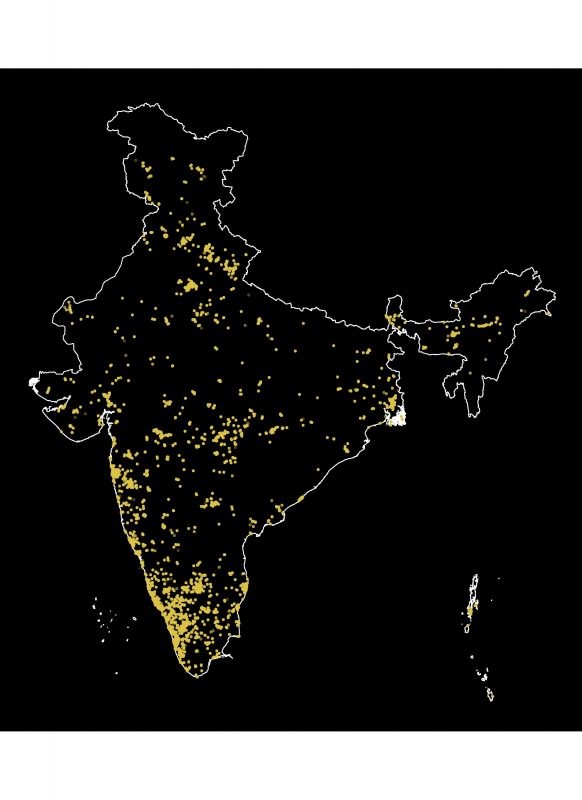
Kerala's Bird Atlas, Asia's largest, shows the way in conservation

Birds not only enrich our lives, but they also have ecological benefits, such as pollination and pest control. Since birds are excellent indicators of environmental health, bird conservation is of paramount importance. Identifying and observing birds give immense pleasure to many and preparing a Bird Atlas helps map the distribution of a group of bird species across a country or a region.
Just like a regular atlas is a book or collection of maps, a comprehensive Bird Atlas helps find and observe birds’ abundance patterns and measure how their distribution and abundance might have changed over time or since a previous atlas. It follows a standardized methodology and is often repeated at 20-year intervals.
Also read: In 100 years, Everest has beckoned the brave, reckless and adventurist
In February this year, Kerala got its first state Bird Atlas, perhaps Asia’s largest in terms of sampling effort, geographical extent, and species coverage derived from the aggregation of 25,000 checklists. A first in India, this atlas has provided substantial baseline data about distribution and abundance of bird species across all major habitats.
Over 1,000 volunteers took part in the Kerala Bird Atlas study between 2015 and 2020 and participated in systematic surveys held twice over 60 days every year – during the wet (July to September) and dry (January to March) seasons. The results of the survey were presented at the British Ornithologists’ Union (BOU) Conference in November 2021.
The effort bore results. Kerala now has district-wise atlases for Alappuzha, Thrissur, Kannur, Kasaragod, Kottayam, and Kozhikode.
Some other exercises in carrying out bird counts have contributed to the cause of bird conservation.
Notably, the Sálim Ali Bird Count, initiated by the Bombay Natural History Society (BNHS) in 2018, has become quite popular.
In 2020 and in 2021, the event was celebrated during 5-12 November in which birders across India participated. They were sent to visit the nearest Important Bird and Biodiversity Area (IBA) or any waterbody and carefully count birds they could spot for an extended period (over an hour). The findings were uploaded to the eBird mobile app, a global internet-based platform for collating observations of birds and maintaining records of sightings.
Also read: Uttarakhand has India’s best bird diversity, followed by Bengal, Arunachal
In 2020, more than 26,000 checklists were uploaded by 2,926 birders, recording a total of 855 species. Out of these 855, an incredible diversity of nocturnal species was observed including almost 20 species of owls, 6 species of nightjars, and 1 frogmouth. It was found that birding was more spread in regions of Kerala, Jammu and Kashmir, Ladakh, Rajasthan, Bihar, Jharkhand, and coastal areas of Andhra Pradesh.
The Himalayan Bird Count was concurrently organised in India, Nepal, and Bhutan on May 14, 2022, jointly by Bird Count India, Bird Conservation Nepal, and the Royal Society for Protection of Birds, Bhutan. In India, birders from Ladakh, Jammu & Kashmir, Himachal Pradesh, Uttarakhand, North Bengal, Arunachal Pradesh, and Sikkim participated in the event.

During 18-21 February 2022, Great Backyard Bird Count (GBBC) India took place which was the Indian implementation of the global GBBC. Since 2013 Indian birders have participated in the GBBC. This annual event helps understand the distribution of birds across the country, how changes in habitat and weather affect the population of the birds, and checks if their populations and distributions change from year to year.

